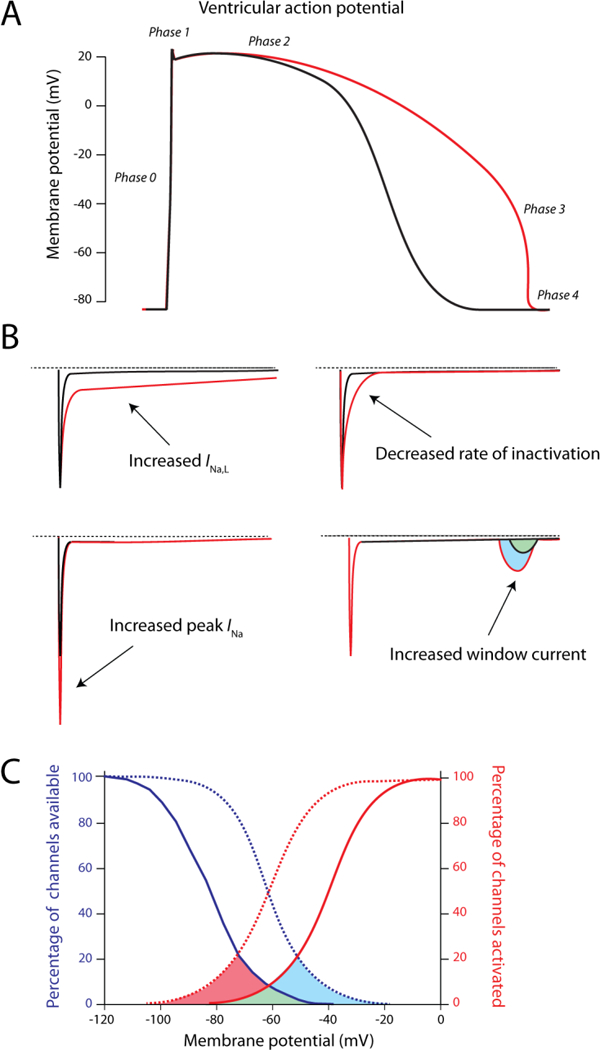Figure 5: Functional effects of gain-of-function mutations in SCN5A.

A) Consequences of gain-of-function on the ventricular action potential. Due to an increased net influx of Na+-ions, action potential duration is increased (red trace), which can evoke arrhythmic events. B) Different mechanisms that can be responsible for the gain-of-function in INa, i.e. increased late current (INa,L), increased peak INa, decreased rate of inactivation and increased window current. Most commonly, an increase in sustained current (INa,L) is observed. C) Shifts in voltage dependence of (in)activation (dashed lines) that lead to an increased window current, as illustrated by the red and blue areas under the curve.
